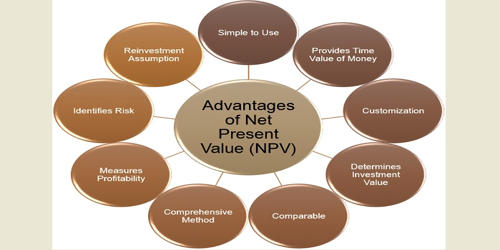Just in time inventory, also known as JIT inventory, is the reduced amount of inventory owned by a business after it installs a just-in-time manufacturing system. It is a management strategy that aligns raw-material orders from suppliers directly with production schedules. The intent of a JIT system is to ensure that the components and sub-assemblies used to create finished goods are delivered to the production area exactly on time.
Disadvantages of Just in Time (JIT) Inventory
The disadvantages of JIT inventories involve disruptions in the supply chain. There is one key problem with JIT inventory, but it is a large one:
Low Just in Time (JIT) inventory levels makes it more likely that any problem in the supplier pipeline will lead to a shortage that will stop production. This risk can be mitigated through the use of expensive overnight delivery services when shortages occur.
If a raw materials supplier has a breakdown and cannot deliver the goods on time, one supplier can shut down the entire production process. A sudden order for goods that surpasses expectations may delay delivery of finished products to clients.
Some disadvantages associated with just-in-time inventory –
- A supplier that does not deliver goods to the company exactly on time and in the correct amounts could seriously impact the production process.
- A natural disaster could interfere with the flow of goods to the company from suppliers, which could halt production almost at once.
- An investment should be made in information technology to link the computer systems of the company and its suppliers so that they can coordinate the delivery of parts and materials.
- A company may not be able to immediately meet the requirements of a massive and unexpected order since it has few or no stocks of finished goods.
Information Source:
















